Accelerating market transformation
The US's imposition of a reciprocal tax rate of up to 46% on goods from Vietnam has raised many concerns about the increasing challenges for domestic enterprises when exporting to this market.
Not only do businesses have to bear additional costs, they also risk losing existing orders or finding it difficult to win new orders due to losing their competitive advantage over other countries in a market considered extremely important.
The new tariffs will put a lot of pressure on Vietnamese exporters, making the prices of goods exported to the US up to 46% higher than domestic goods or products from countries with more preferential tariffs. Industries at risk of being heavily affected include electronics, textiles, furniture, footwear and seafood – sectors that play a key role in Vietnam's export turnover.
From the perspective of a seafood company, Mr. Ho Quoc Luc - Chairman of the Board of Directors of Sao Ta Food Joint Stock Company (FMC) - commented that the 46% reciprocal tax rate is too great a burden, beyond the tolerance of both American consumers and Vietnamese businesses.
He said that in addition to the new tax rate, Vietnamese shrimp is currently subject to two other taxes related to anti-dumping and anti-subsidy lawsuits, with current tax rates of 0% and 2.84%, respectively.
Mr. Luc frankly assessed that the business environment in the US is currently very harsh - just like the saying "the business world is a battlefield". Faced with this situation, many businesses have begun to consider changing market orientation. This is the time for the courage of the operator to be demonstrated, and he believes that Vietnamese businesses are capable of adapting.
Sharing the same view, Mr. Bach Khanh Nhut - Vice President of the Vietnam Cashew Association (Vinacas) - said that when the US is no longer an ideal market, businesses need to proactively adjust their export strategies. Regarding the cashew industry, Mr. Nhut said that they are currently targeting the Middle East market to minimize the negative impact from the US market. He believes that this could be a suitable alternative market if the US no longer plays a key role in the future.
Faced with the problem of how to respond to new tariffs, Dr. Scott McDonald, an expert on supply chains and logistics, said that Vietnamese businesses should consider many different directions. In particular, market diversification is a necessary step to reduce dependence on the US market.
According to him, Vietnam’s participation in many free trade agreements (FTAs) is opening up many opportunities. For example, the CPTPP Agreement helps businesses easily access markets such as Japan, Canada, Australia and New Zealand. The EVFTA Agreement brings tariff advantages when exporting to the EU. In addition, RCEP and UKVFTA also facilitate access to Asian and UK markets with many incentives.
Sharing the same view, Mr. Suan Teck Kin – Executive Director, Head of Global Market and Economic Research of UOB Group – in a meeting with the business community in Ho Chi Minh City, emphasized the importance of diversifying export markets. According to him, this is a key factor in risk management for an outward-looking economy like Vietnam.

Free Trade Agreement – Strategic Weapon in Integration
In the context of facing a new trade war from the United States, the Vietnam Trade Office in Sweden on April 3 emphasized Vietnam's new export strategy towards the Northern European market. Accordingly, the EVFTA is considered an important strategic advantage amid global fluctuations. In the rising wave of trade barriers and protectionist trends, EVFTA is becoming a "shield" to help Vietnamese goods maintain their position in the European market.
Industries likely to benefit directly from this agreement include: textiles, footwear, seafood, processed agricultural products, wooden furniture, handicrafts, electrical and electronic equipment.
The deal also noted that as the global supply chain is being restructured, Vietnamese businesses need to reconsider their export strategies to the EU and especially the Northern European market – which has both high consumption and a favorable cooperation framework through the EVFTA. Another positive point is that the exchange rate is currently favorable for Vietnamese goods, helping to increase competitiveness in this region.
Besides, while the new tax policy from the US is a big challenge, the Trade Office believes that this is also the right time for Vietnam to promote market diversification and reduce dependence on the US, especially for short-term orders.
In addition, the Trade Office recommends that Vietnamese businesses need to shift their competitive model from relying on low prices to values such as quality, sustainability and transparency of origin. Investing in European standards such as eco-labels, carbon footprints or corporate social responsibility (CSR) certification will contribute to increasing the trust of Northern European consumers. Furthermore, businesses should make the most of tax incentives from EVFTA and position Vietnamese goods as a "reliable alternative" in the global supply chain.
Looking to the future, with the risk of the US imposing tariffs of up to 46%, Dr. Scott McDonald believes that Vietnamese businesses need to build a balanced export strategy - combining market diversification, flexibility in production and tight financial management. This will help businesses adapt more effectively than continuing to depend on the US market despite new tax costs.
He also recommends that businesses explore and establish production relationships with countries that are less affected by the new tariffs, or are exempted entirely. According to information from the Trump administration, Canada and Mexico will not be subject to the new tariffs because they have separate agreements related to immigration and drug control – which opens up the potential for strategic cooperation in production with these two countries.
Source: https://baodaknong.vn/giai-phap-nao-cho-hang-viet-truoc-rao-can-thue-quan-moi-tu-my-248286.html


![[Photo] "Beauties" participate in the parade rehearsal at Bien Hoa airport](https://vstatic.vietnam.vn/vietnam/resource/IMAGE/2025/4/11/155502af3384431e918de0e2e585d13a)







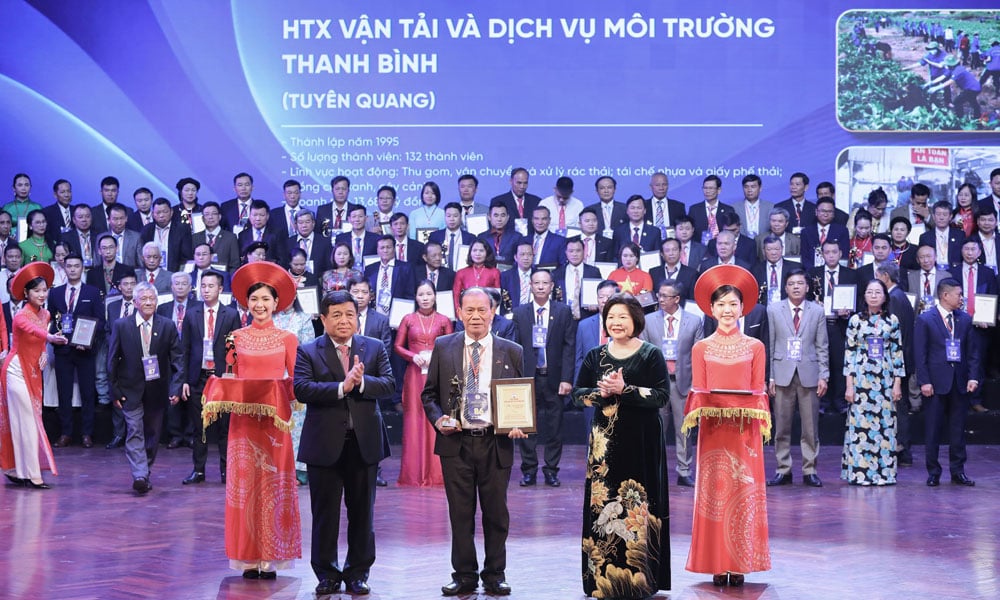
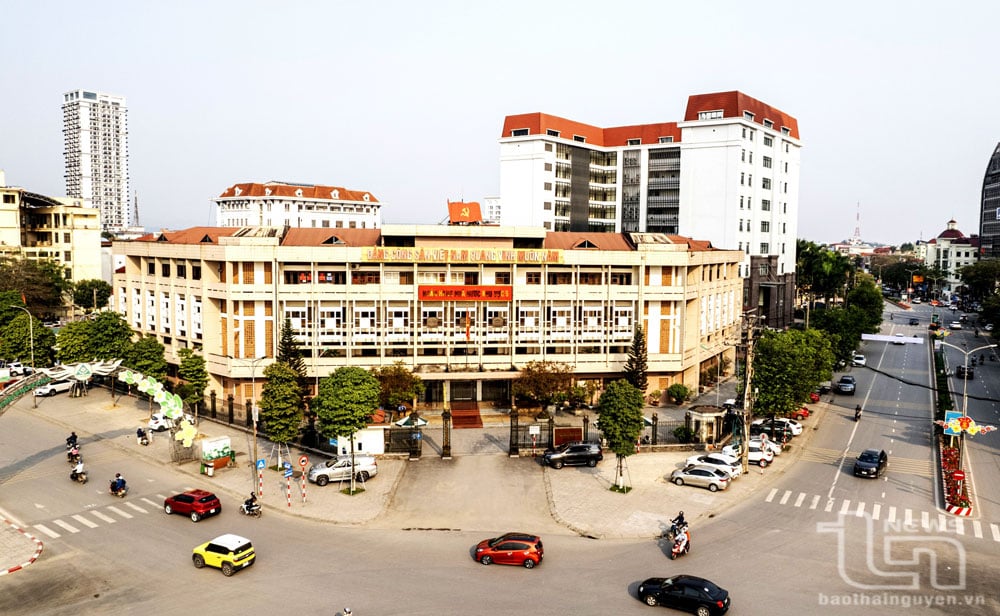
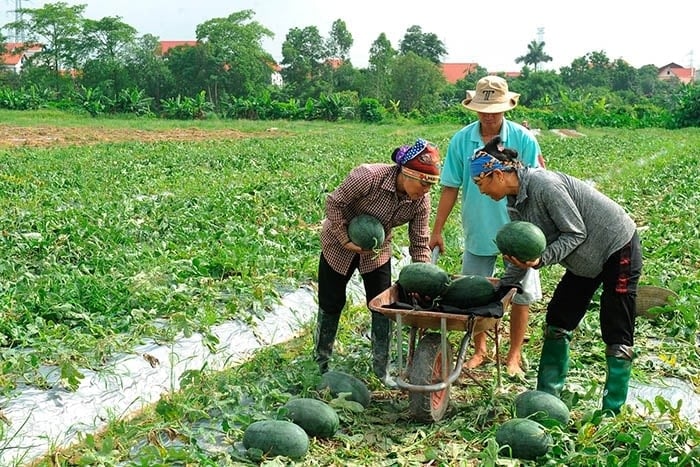
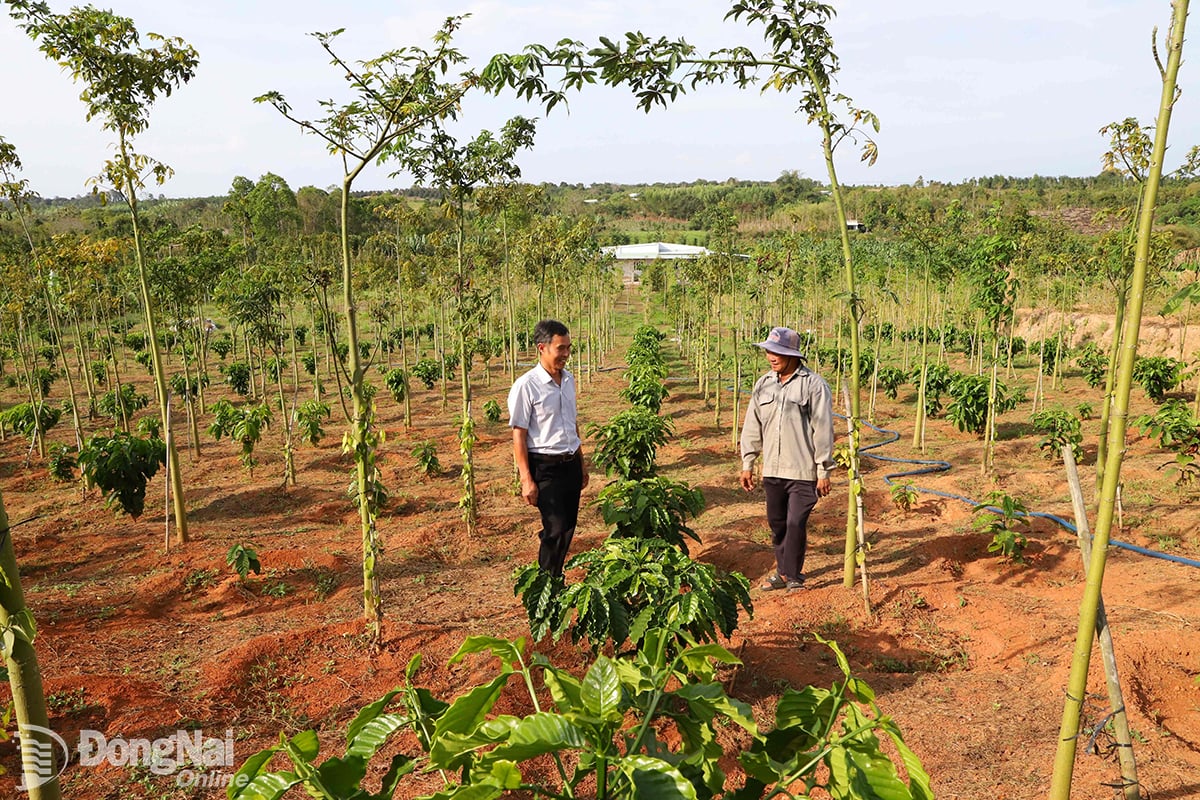






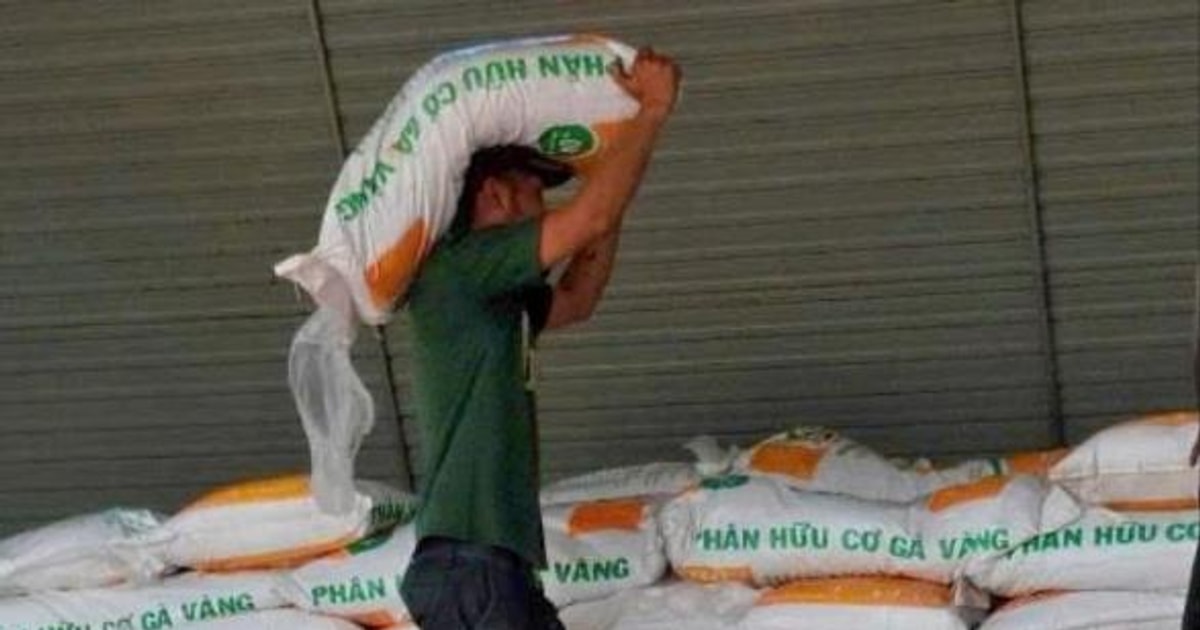

![[Photo] Looking back at the impressive moments of the Vietnamese rescue team in Myanmar](https://vstatic.vietnam.vn/vietnam/resource/IMAGE/2025/4/11/5623ca902a934e19b604c718265249d0)
![[Photo] Summary of parade practice in preparation for the April 30th celebration](https://vstatic.vietnam.vn/vietnam/resource/IMAGE/2025/4/11/78cfee0f2cc045b387ff1a4362b5950f)











































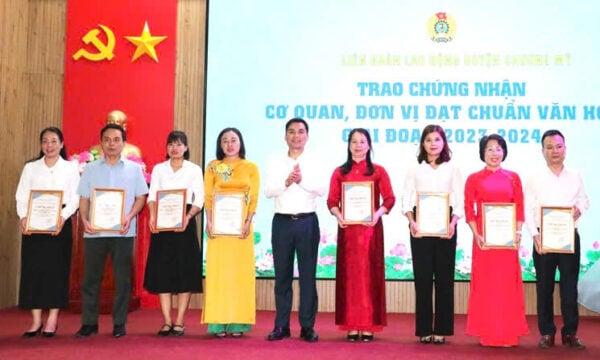


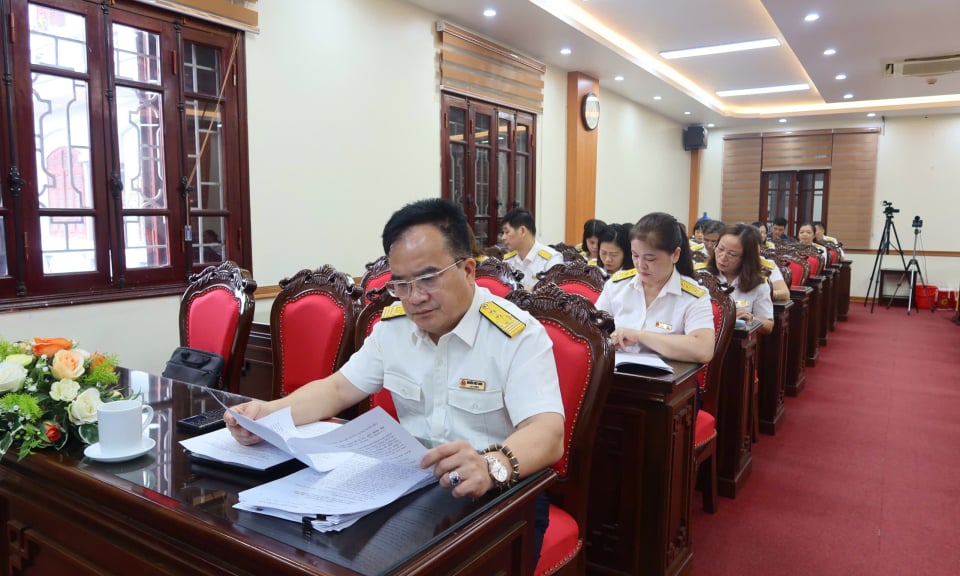













Comment (0)